The shot-uped Sarcophagus: Discovering a Mystery
Unravel the captivating tale of the Hlinka Mausoleum, nestled in the picturesque town of Ružomberok, Slovakia. This enigmatic structure serves as a poignant tribute to Andrej Hlinka, a revered Slovak priest, politician, and patriot, whose indomitable spirit resonates through the corridors of time.
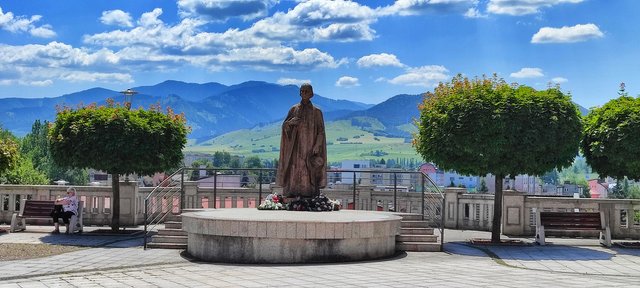 Andrej Hlinka and the blue mountains are must-sees in Ružomberok
Andrej Hlinka and the blue mountains are must-sees in Ružomberok
Embarking on a Historical Journey Venture into the heart of Slovakia and immerse yourself in the rich tapestry of its history and culture by visiting the Hlinka Mausoleum. This architectural gem pays homage to Andrej Hlinka, an influential figure who ardently championed the autonomy and independence of Slovakia during the tumultuous 20th century.
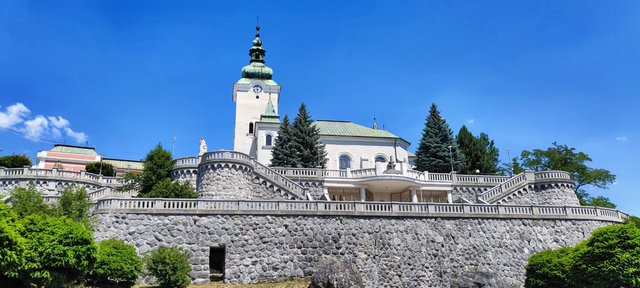 Ružomberoks castle on the hill - the Mausoleum is on the first floor
Ružomberoks castle on the hill - the Mausoleum is on the first floor
If you are interested in the history and culture of Slovakia, you might want to visit the Hlinka Mausoleum in Ružomberok, a town in the north of the country. The mausoleum is dedicated to Andrej Hlinka, a prominent Slovak priest, politician and patriot, who fought for the autonomy and independence of Slovakia in the 20th century.
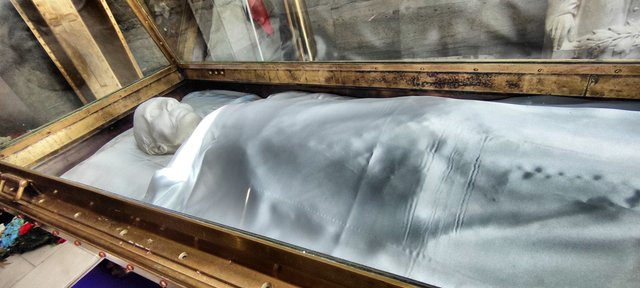 Andrej Hlinka isn't in his sarcophargus since 1945. But where is hes?
Andrej Hlinka isn't in his sarcophargus since 1945. But where is hes?
However, the mausoleum also has a mysterious and controversial aspect, as it does not contain the actual body of Hlinka, which disappeared during the turbulent times of World War II and has never been found.
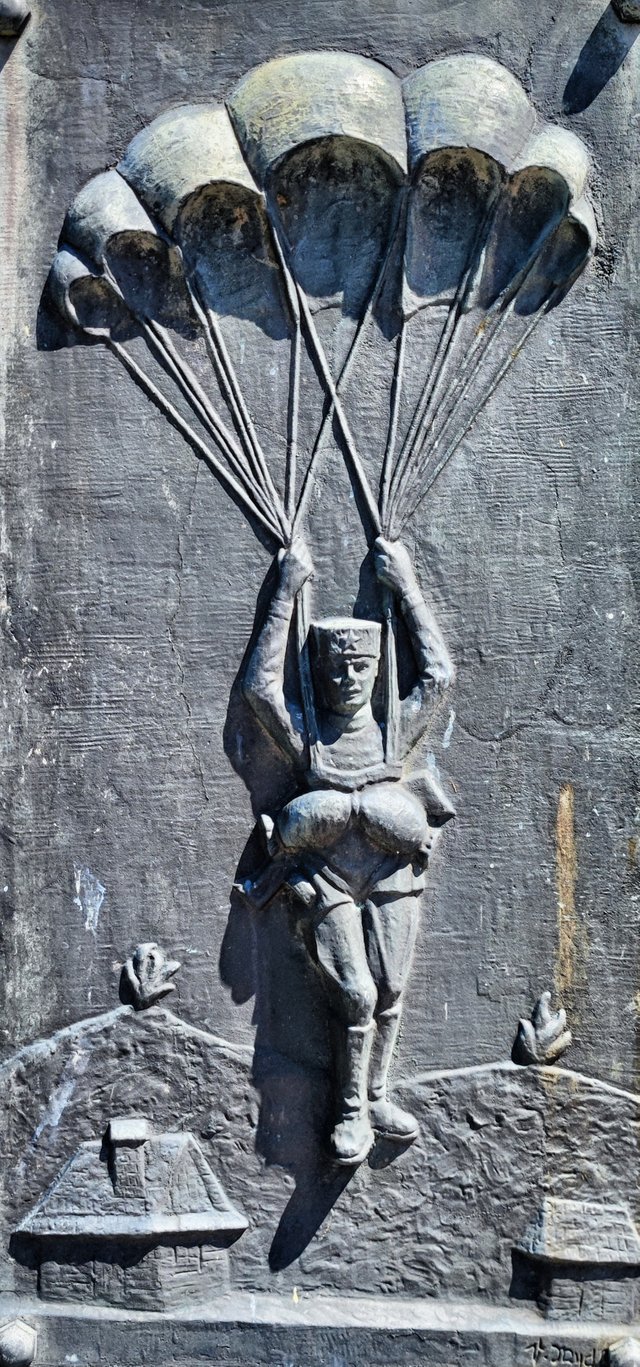 Parachute men are the heoes of the slovakian rebellion against Hitler
Parachute men are the heoes of the slovakian rebellion against Hitler
The Life and Legacy of Andrej Hlinka
Andrej Hlinka was born in 1864 in Černová, a district of Ružomberok. He became a Catholic priest and a leader of the Slovak People’s Party, which advocated for the rights and interests of the Slovak nation within the Austro-Hungarian Empire and later within Czechoslovakia.
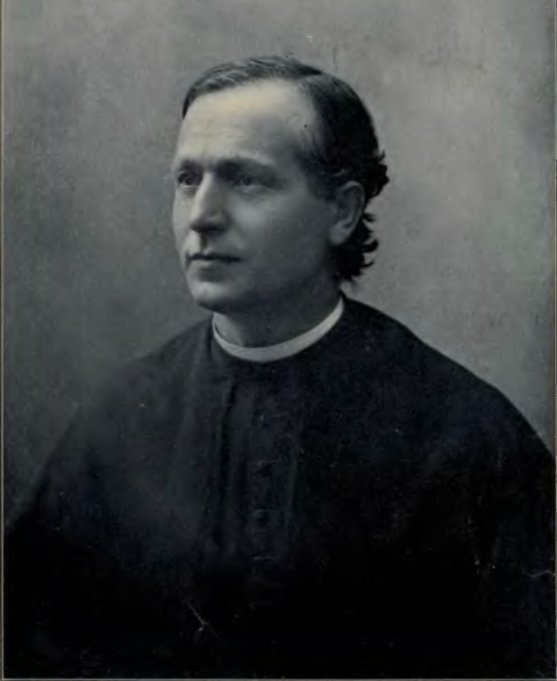 Hlinka. (Wikimedia)
Hlinka. (Wikimedia)
Hlinka was a charismatic and influential figure, who mobilized the Slovak masses and challenged the centralist and assimilationist policies of Prague. He also supported the cooperation with other Slavic nations, especially Poland and Yugoslavia, and opposed the Nazi and fascist movements that threatened the region.
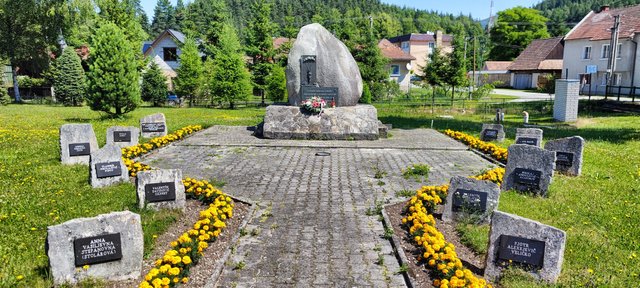 The monument für the parachute men
The monument für the parachute men
Some of the builings around are like Lost Places, ruined and wasted. But the Roman-Catholic parish church of St. Andrew's up on the hill makes you cry. It's so beautiful!
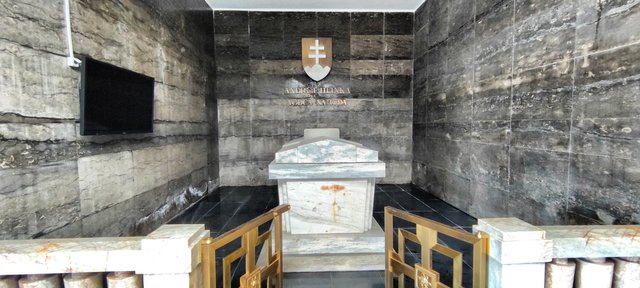 The marble sarcophargus
The marble sarcophargus
The the oldest sacral building in Ružomberok, its origins date back to the turn of the 13th and 14th centuries, has grey walls and a green roof. It's preserved from his history is the beam-shaped four-storey tower, nowadays the first thing one notices when looking at the church.
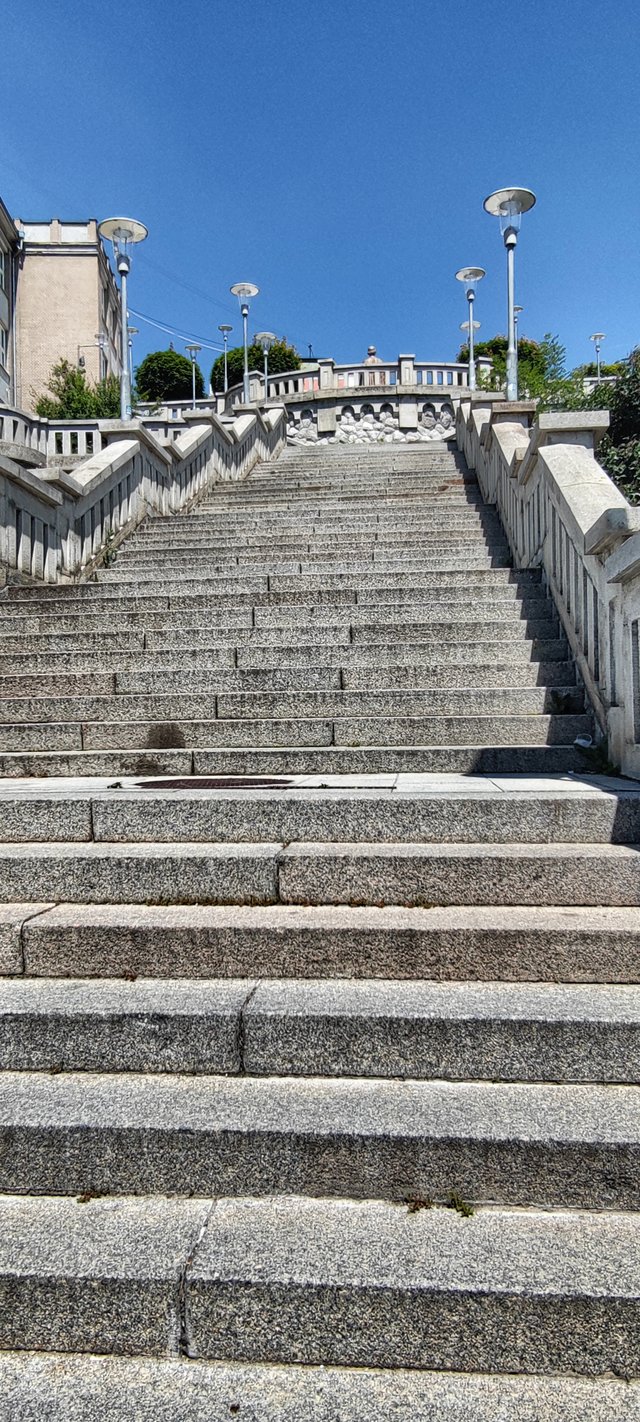 A lot of steps to the grave
A lot of steps to the grave
It is situated in the centre of the town, at A. Hlinka Square, right next to the town hall building. The church is located above the confluence of rivers Váh and Revúca, you can see both before the mountains on the horizon. The chapel and the adjacent tomb, adorned with a striking bust of Hlinka and a resplendent stainless-steel cross, were intended to cradle his remains within a marble sarcophagus and a glass casket.
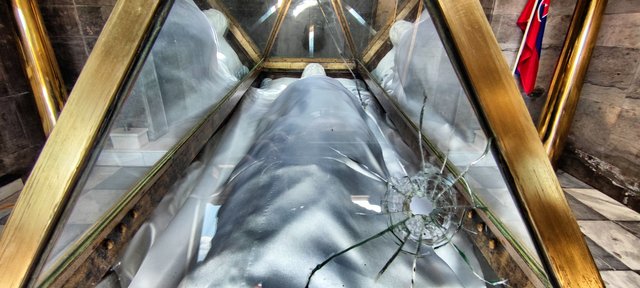 On the rigt side you can see the shot
On the rigt side you can see the shot
The dominant element on the hill
As the square, as well as the church, are situated on a natural elevated terrace, the church with the balustrades below become a visually dominant element of the town, which can be found in almost every postcard of Ružomberok. Inside the church, one can notice a massive Gothic baptistery from the 16th century, made of stone, and worth the attention are also the stained-glass windows in the south nave of the church.
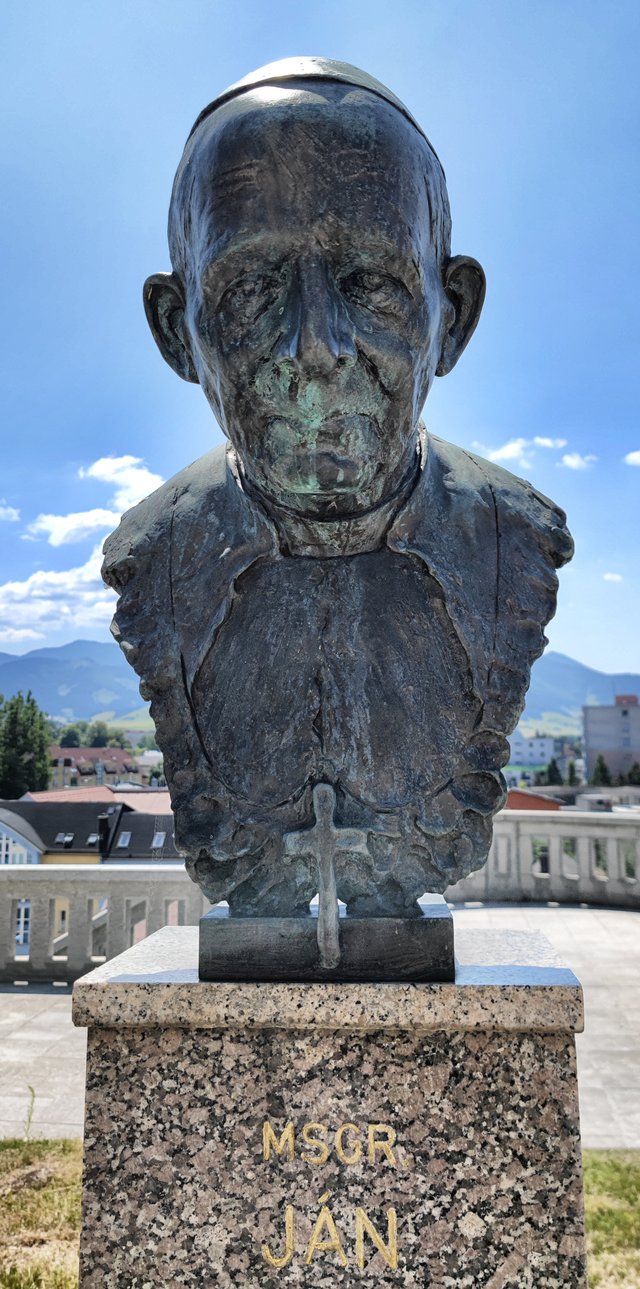 The polish Pope is a hero here too
The polish Pope is a hero here too
Those were created by an important Ružomberok’s native – master Ľudovít Fulla. They depict scenes from the lives of Jesus Christ and Virgin Mary. One of the stained-glass works is dedicated to the 1,100th anniversary of the consecration of the first Christian temple in our territory.
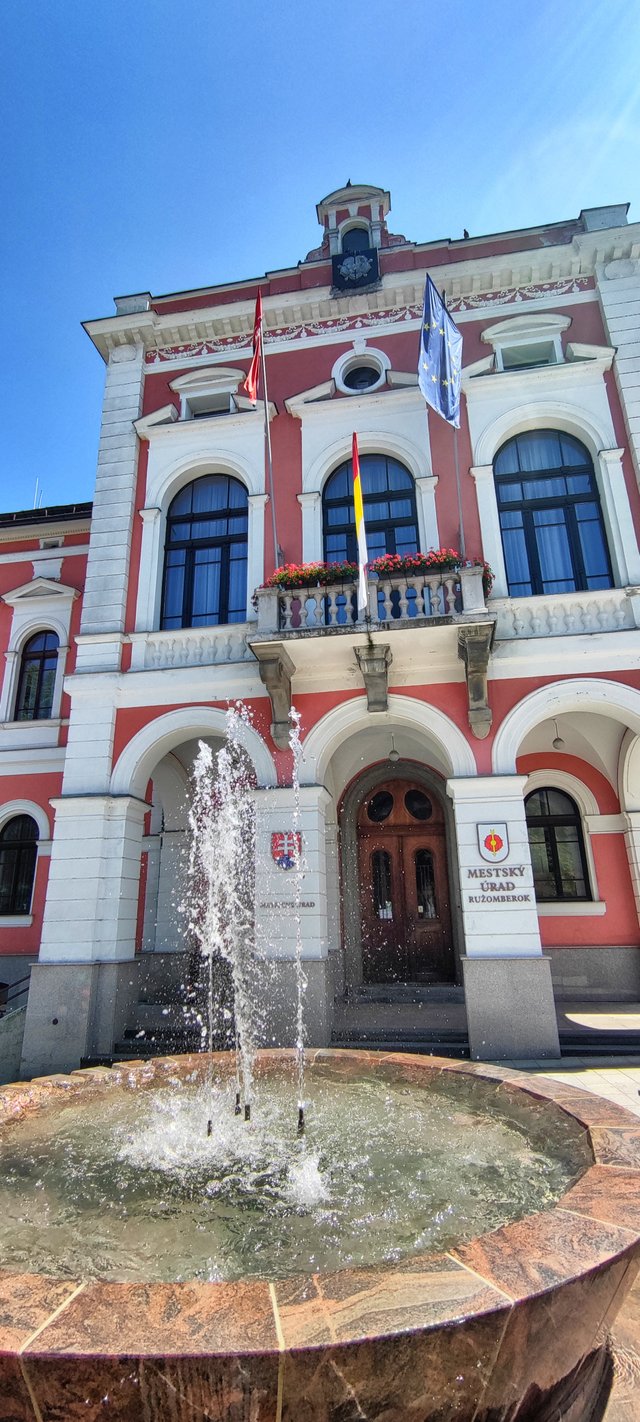 The city hall on the hill
The city hall on the hill
But the true gem of the place is the mystery of Andrej Hlinka. Hlinka died in 1938, shortly before the Munich Agreement, which resulted in the dismemberment of Czechoslovakia and the creation of the First Slovak Republic, a puppet state of Nazi Germany. Although Hlinka did not live to see the independence of Slovakia, he is widely regarded as the father of the Slovak nation and a symbol of Slovak patriotism.
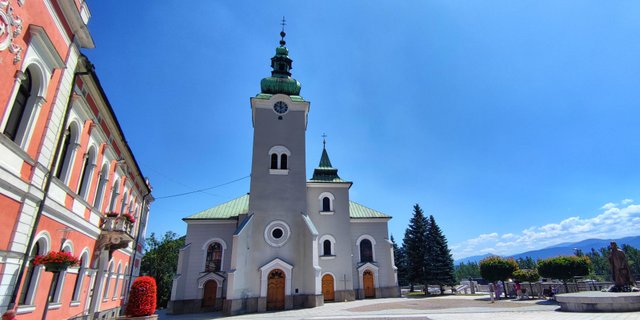 City hall and St. Andrew's church
City hall and St. Andrew's church
They are loving him. However, his legacy is also tainted by the association with the authoritarian and collaborationist regime of Jozef Tiso, who was Hlinka’s successor as the head of the Slovak People’s Party and the president of the Slovak Republic.
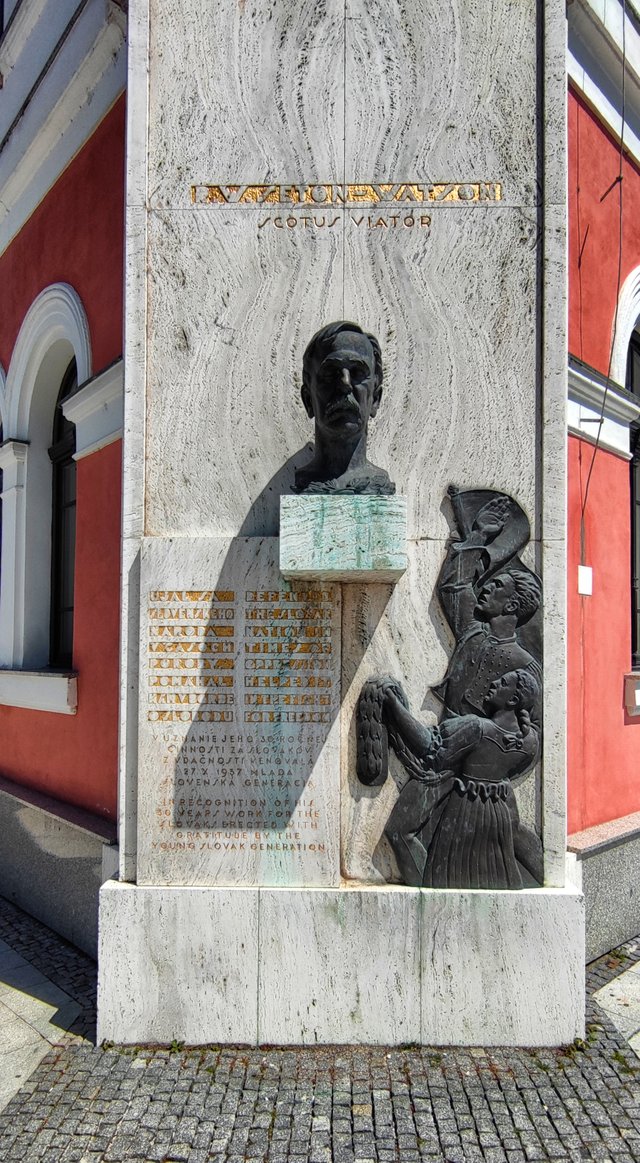 Praise the heroes of the young nation
Praise the heroes of the young nation
A young boy in the Mausoleum tells us all the history of the man, including how Tiso and his followers exploited Hlinka’s name and image to justify their oppressive and violent policies, which included the participation in the Holocaust and the suppression of the Slovak National Uprising, a resistance movement against the Nazis.
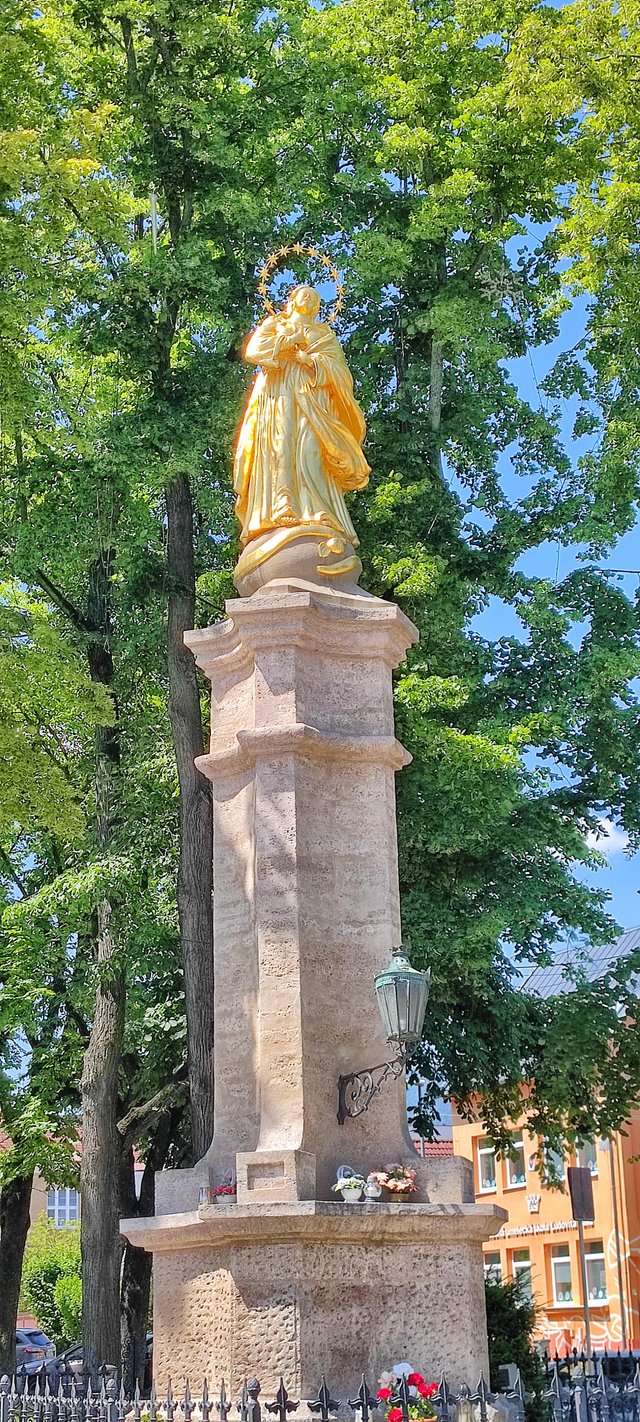 Jesus in gold
Jesus in gold
The Mausoleum and its Mystery
The Hlinka Mausoleum was built in 1939, as a tribute to Hlinka and his role in the Slovak national movement. It is located in the center of Ružomberok, below the Parish Church of Saint Andrew, where Hlinka served as a priest. The mausoleum consists of two parts: a chapel with an entrance and a tomb on the left side of the chapel. The tomb features a bust of Hlinka and a stainless-steel cross, as well as a marble sarcophagus and a glass casket, which were supposed to hold Hlinka’s remains.
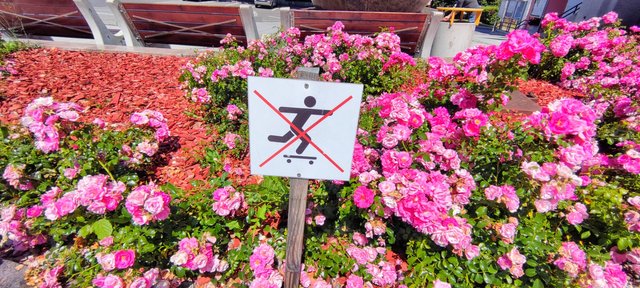 Do not skate!
Do not skate!
However, the mausoleum is not the final resting place of Hlinka! And that is the final mystery. The mausoleum conceals a perplexing secret. In 1945, amidst the tumult of World War II, Hlinka's body mysteriously vanished from its resting place, shrouding the mausoleum in an aura of mystique.
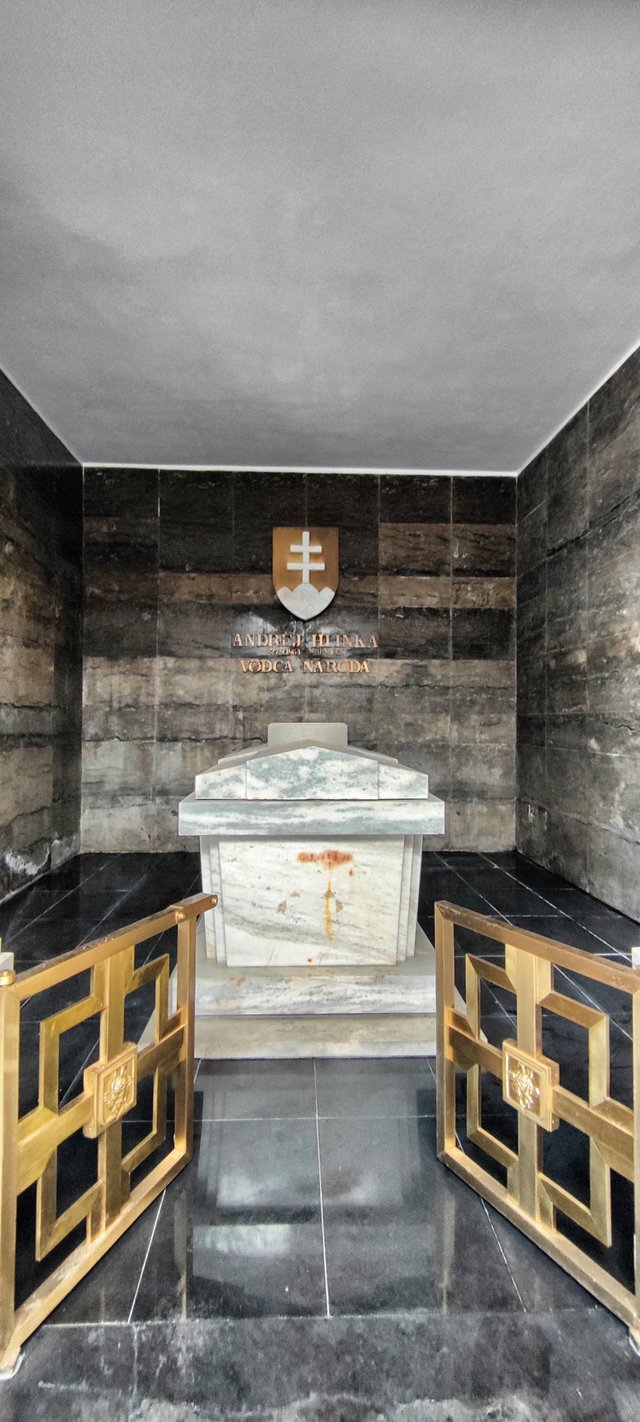 It's dark and impressive
It's dark and impressive
The circumstances surrounding this enigmatic disappearance remain cloaked in uncertainty, as speculation swirls about the motivations behind the removal of Hlinka's remains before the arrival of the Soviet Red Army, which liberated Slovakia from Nazi occupation.
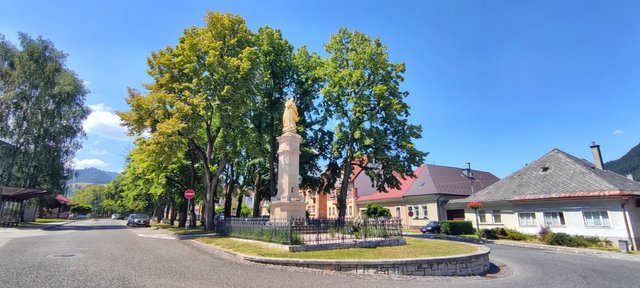 The place behind the church
The place behind the church
His body was removed from there in 1945, before the arrival of the Soviet Red Army, which liberated Slovakia from the Nazi occupation. The exact reasons and circumstances of this removal are unclear, but it is speculated that the Slovak authorities wanted to prevent the desecration or confiscation of Hlinka’s body by the Soviets, who were hostile to the Slovak Republic and its leaders.
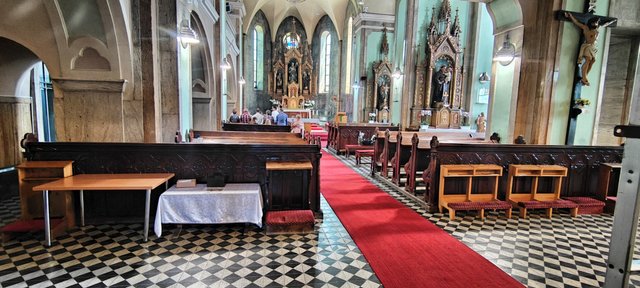 Inside the cathedral
Inside the cathedral
The body was transported to an unknown location, which has never been revealed or discovered. Some rumors suggest that the body was buried in a secret grave in the mountains, or hidden in a monastery, or even taken abroad. The mystery of Hlinka’s body remains unsolved to this day, and is a source of fascination and speculation for many historians and enthusiasts.
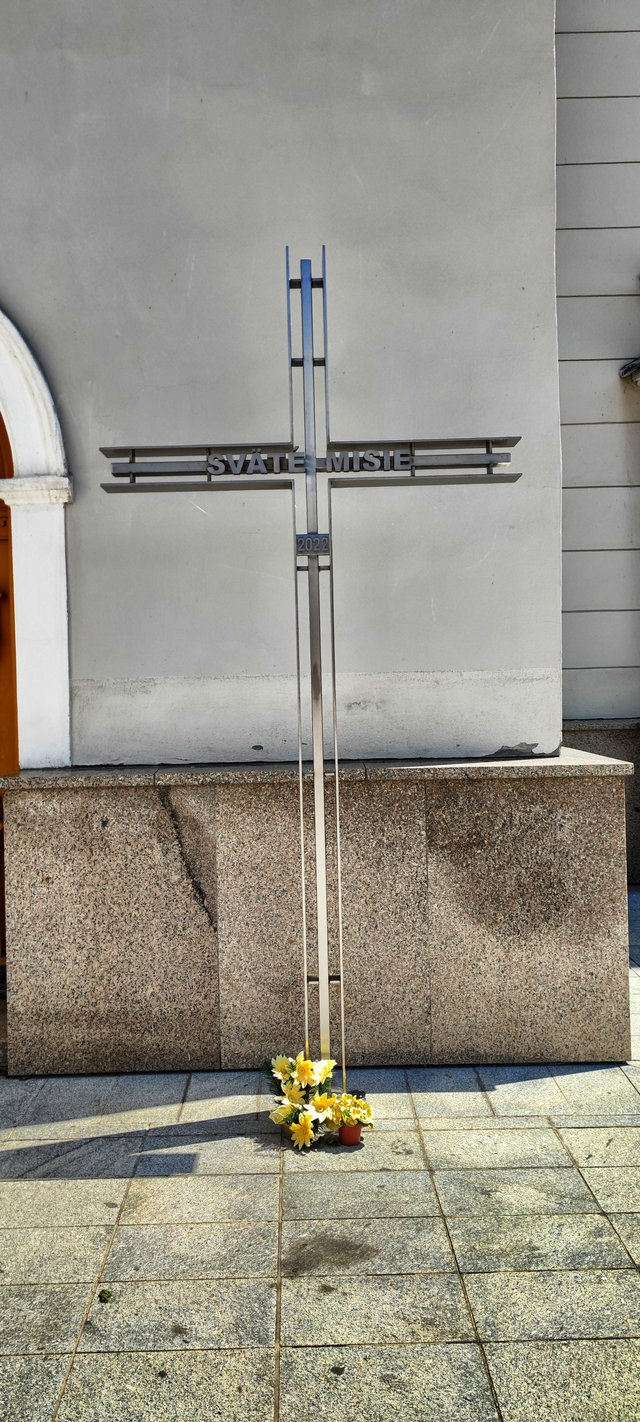 On a "svate misie" - a holy mission
On a "svate misie" - a holy mission
A Sojourn into the Enigmatic
As you traverse the hallowed halls of the Hlinka Mausoleum, be prepared to be captivated by the intertwining threads of history, mystery, and reverence that enshroud this timeless monument. The echoes of Hlinka's indomitable spirit resound through the corridors, inviting you to delve into the enigmatic narrative of Slovakia's cherished patriot. The glass of the sarcophagus has an scratch from an shot on the upside – and no one knows, who is shooting...
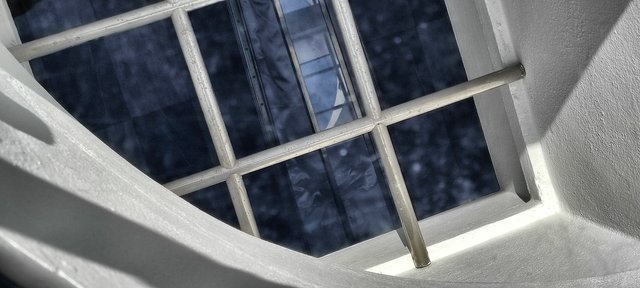 The sarcophagus seen through a window in the roof
The sarcophagus seen through a window in the roof
The mausoleum, however, still attracts many visitors, who come to pay their respects to Hlinka and his legacy, or to admire the architecture and the art of the monument. The mausoleum is considered a place of reverence, which means that visitors should behave with respect and dignity, and refrain from any loud or inappropriate actions. The mausoleum also bears some traces of the turbulent history of Slovakia, such as a bullet hole in the glass section of the casket, which was caused by an attack from an airplane during the Slovak National Uprising in 1944.
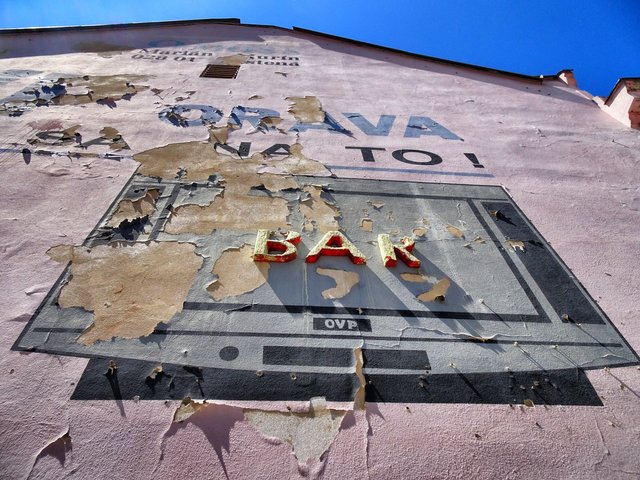 Near the hill some things are like a Lost Places
Near the hill some things are like a Lost Places
A Place of History and Culture
The Hlinka Mausoleum in Ružomberok is a place that offers a glimpse into the history and culture of Slovakia, and the life and legacy of one of its most important and controversial figures. It is a place that evokes both admiration and criticism, pride and shame, curiosity and mystery. It is a place that reflects the complexity and diversity of the Slovak nation and its identity.
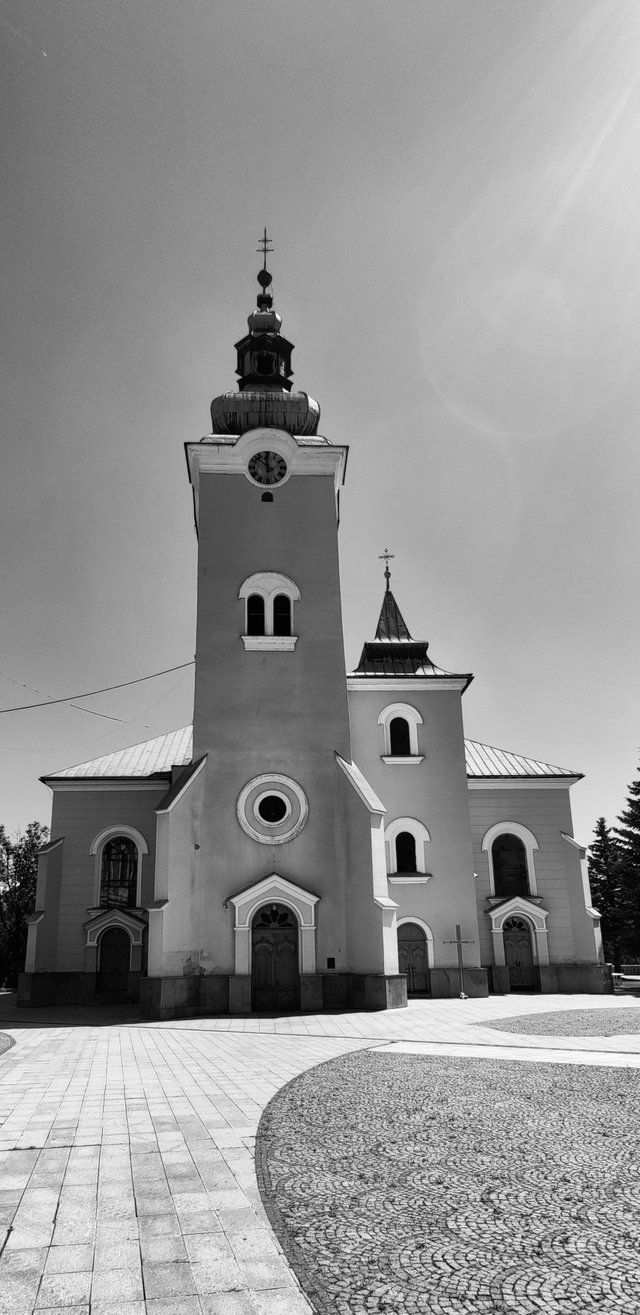
It is a place that is worth visiting, if you want to learn more about Slovakia and its people. In conclusion, the Hlinka Mausoleum stands as a testament to the enduring legacy of Andrej Hlinka, offering visitors an immersive journey through the intricate tapestry of Slovak history, replete with its enigmatic mysteries and poignant tributes to a revered patriot.
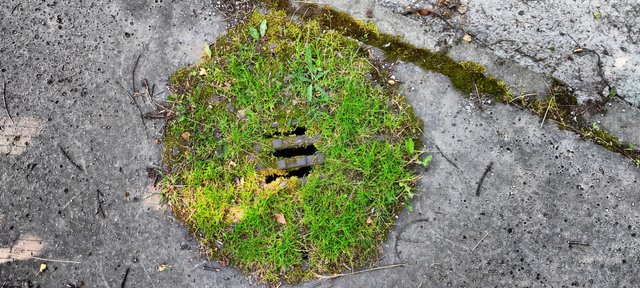 The sewer ceiling: The grass is always greener on the upside
The sewer ceiling: The grass is always greener on the upside
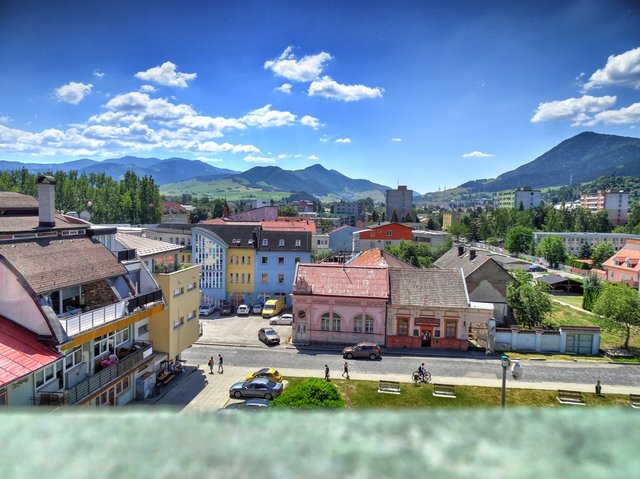 View from the hill
View from the hill
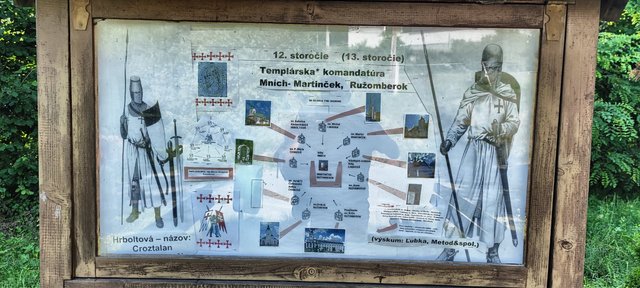 Before the slovakians settled here some knights are kings of the hills
Before the slovakians settled here some knights are kings of the hills
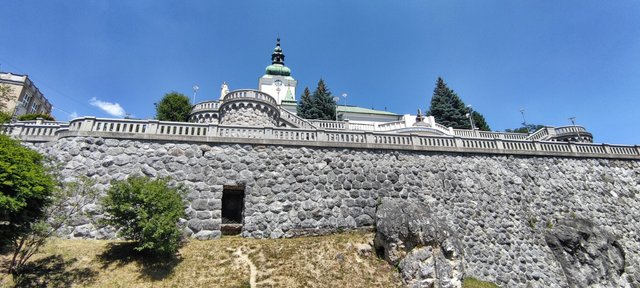 The wall
The wall
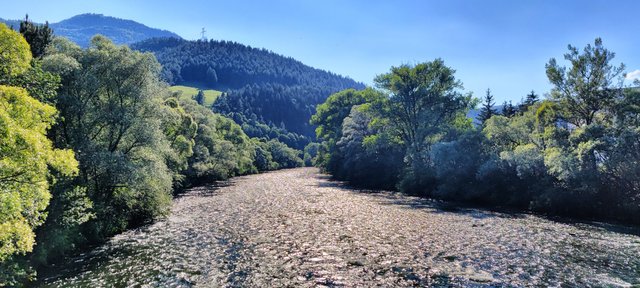 The beautiful river Vah
The beautiful river Vah
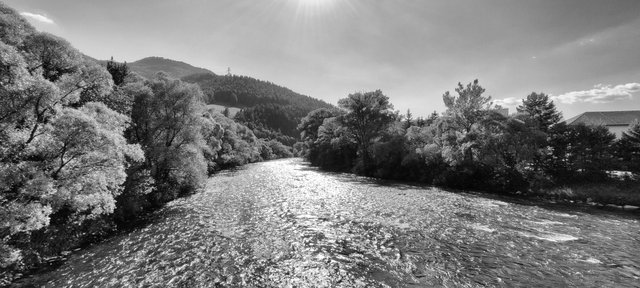 Vah
Vah
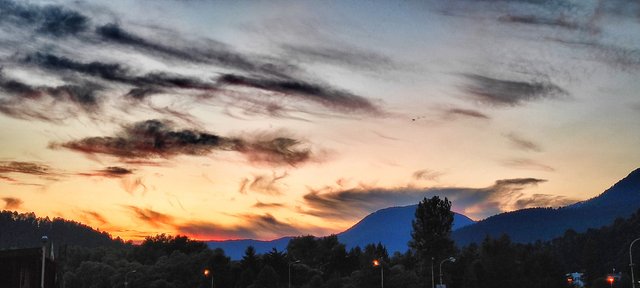 Sundown at the edge of the city
Sundown at the edge of the city
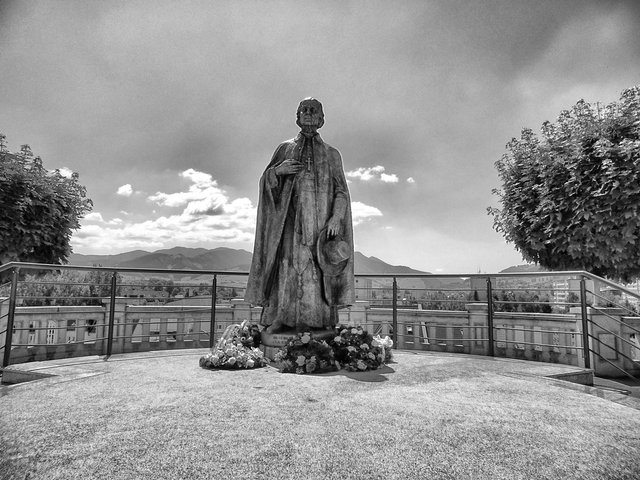 Praise the lord
Praise the lord
 A strange drink: The liquor "Tatra Tea" is something you can't get in other places
A strange drink: The liquor "Tatra Tea" is something you can't get in other places
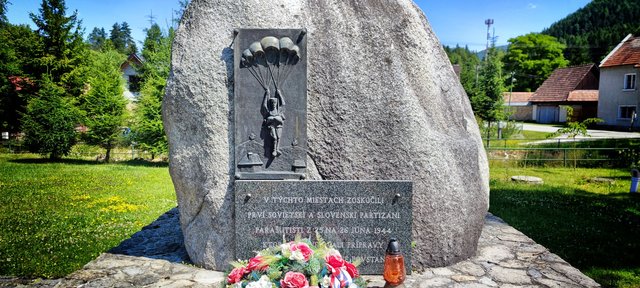
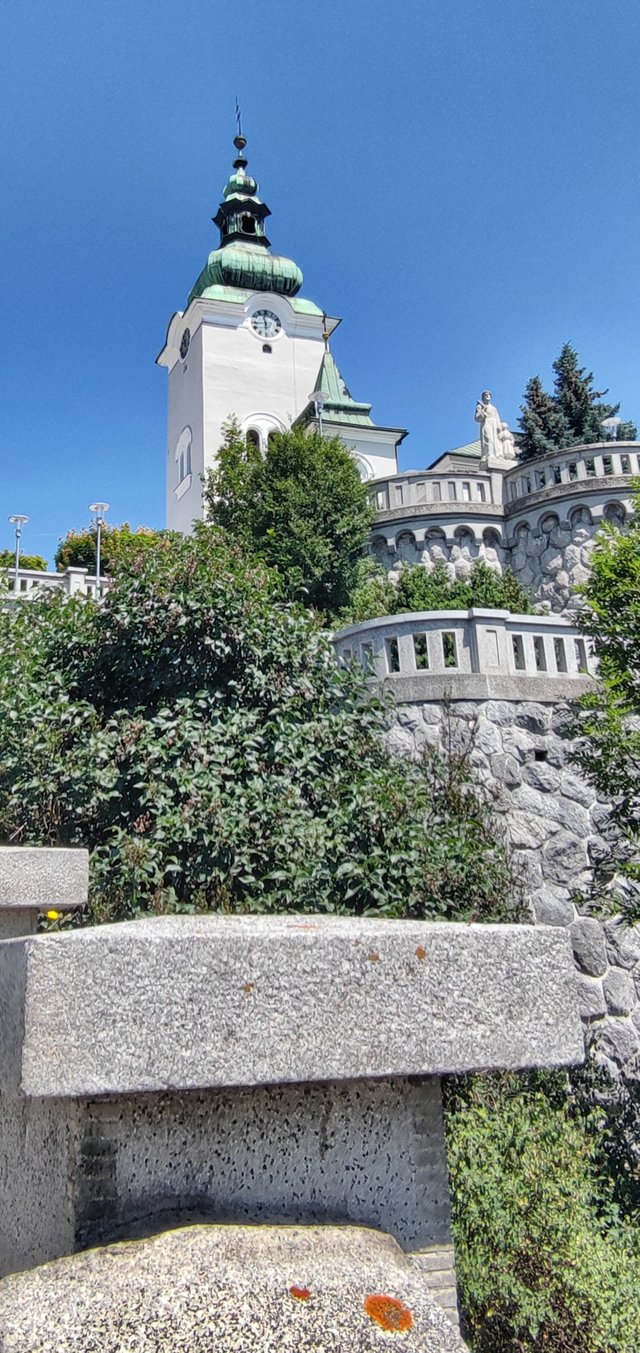

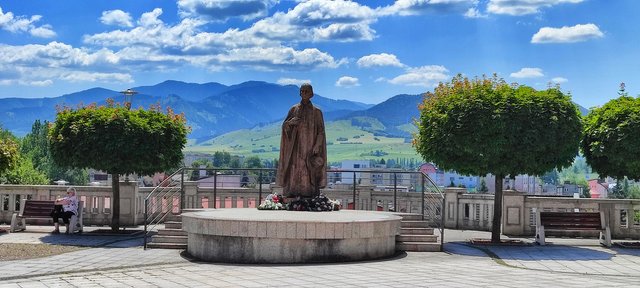
Amazing post :) Cheers :)
Congratulations @koenau! You received the biggest smile and some love from TravelFeed! Keep up the amazing blog. 😍 Your post was also chosen as top pick of the day and is now featured on the TravelFeed front page.
Thanks for using TravelFeed!
@for91days (TravelFeed team)
PS: Have you joined our Discord yet? This is where over 1000 members of the TravelFeed come together to chat. Join us!